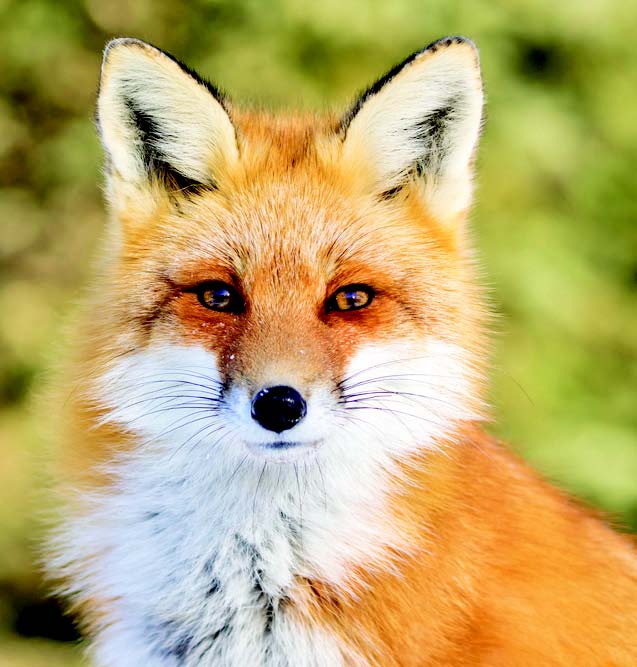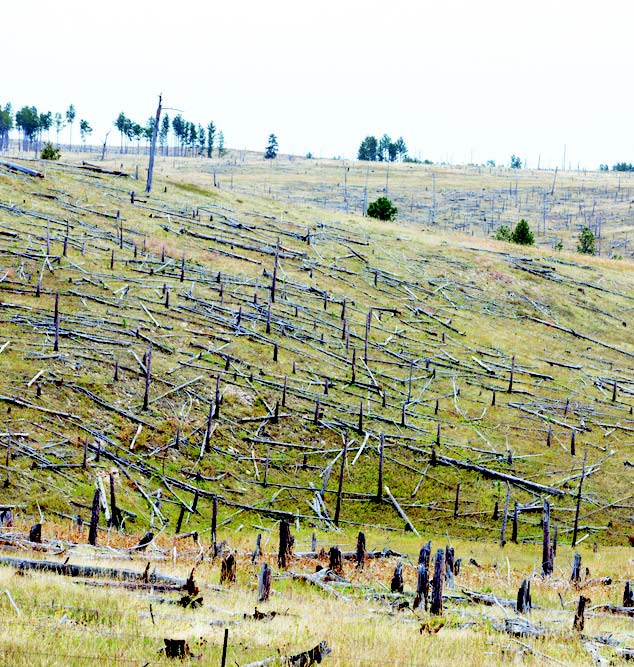According to the Australian Government’s Department of the Environment and Heritage, quolls once inhabited most parts of Australia. Since 1770, all four species, namely the northern, spotted-tailed, eastern, and western quolls, have declined dramatically in numbers until they disappeared from the mainland.

Well, good news! They are back and as cute as ever. But their troubles aren’t over yet. They’ve only been reintroduced to the mainland this March and still have a long way to go before they can repopulate Australia as they once did before.
What happened?
Quolls were often seen by early settlers, who called them native cats, native polecats, and spotted martens. The main factors of their population decline are habitat loss and introduced predators, such as foxes and cats. Now, the quolls of Australia are either “Near Threatened” or “Endangered”.
Enemies
The Red Fox – The European red fox was introduced in Australia in 1855 for recreational hunting and since then has been a major cause for the decrease of native animal population, which includes the quolls. Fox control programs have been in effect since a lot of the native wildlife started to become threatened and endangered.Although foxes have contributed to the quolls’ rapid decline, they are also considered victims. They were brought and forced to adapt to a different country and now have to be “controlled” for the survival of other species.

Feral cats – Feral cats have also become an invasive species, introduced since European settlement. They descend from domestic cats but can survive without human contact or assistance. Not only have they contributed to the extinction of smaller animals and ground-nesting birds, but have also threatened the success of recovery programs of endangered species.

Habitat loss – The major cause of habitat loss in Australia is agricultural expansion – that is, for plantations, crops, and pastures. Both plants and animals have become threatened due to deforestation and tree-clearing, both of which cause soil erosion that pollutes waterways.

Archenemy: Humans
Sadly, humans are the ones behind the enemies that quolls are facing right now. Hunting for sport is not necessary and is also why a lot of majestic animals have become endangered. In the quoll’s scenario, hunting altered the biodiversity of Australia, which eventually pushed them to extinction.
Another alarming concern is agricultural expansion, which remains an issue to this day. As the demand for food goes up, especially meat products, more land is needed, not only for pastures but also for crops that will be converted into feeds for farmed animals.
How to be one of the good guys
I’m sure no sane person would want to contribute to the extinction of any species, so here are several tips on becoming a good guy:
1. Say no to hunting – Foxes were introduced into Australia’s wild back then because of hunting. There is no need to hunt nowadays. There are alternatives to food and sports that are safer for both humans and animals; there are also more ethical ways in which we can control animal populations. If there is no more need for hunting, then the most logical action we can do is to not support it.
2. Say no to breeding – And, of course, say yes to adopting. Cats breed fast: Feral cats spread widely and quickly that they have become a major threat in the survival of most smaller native wildlife. Now that we have the option to spay and neuter domestic animals, let’s not contribute to their overpopulation since there won’t always be enough people to take care of them eventually.
3. Say yes to sustainable living – According to the Food and Agriculture Organization of the United Nations, livestock is the largest user of land resources, representing almost 80% of all agricultural land, including grazing land and cropland to produce feed, causing habitat loss due to deforestation. Raising livestock for food is not sustainable. Even if everyone says they will only eat a little meat every day, that still makes up billions of people that multiply each year. The demand will continue, which means that we are going to take more land meant for wildlife. Now that you know eating animals is not sustainable, it is probably the right time to try a veggie burger or two!
This appeared in Animal Scene magazine’s July 2019 issue.
Related stories:
– Manmade ruin adds 7,000 species to endangered red list
– Critically endangered rhinos will be transported back to Rwanda years after genocide
– Overflowing Great Lakes pose new threat for endangered bird





